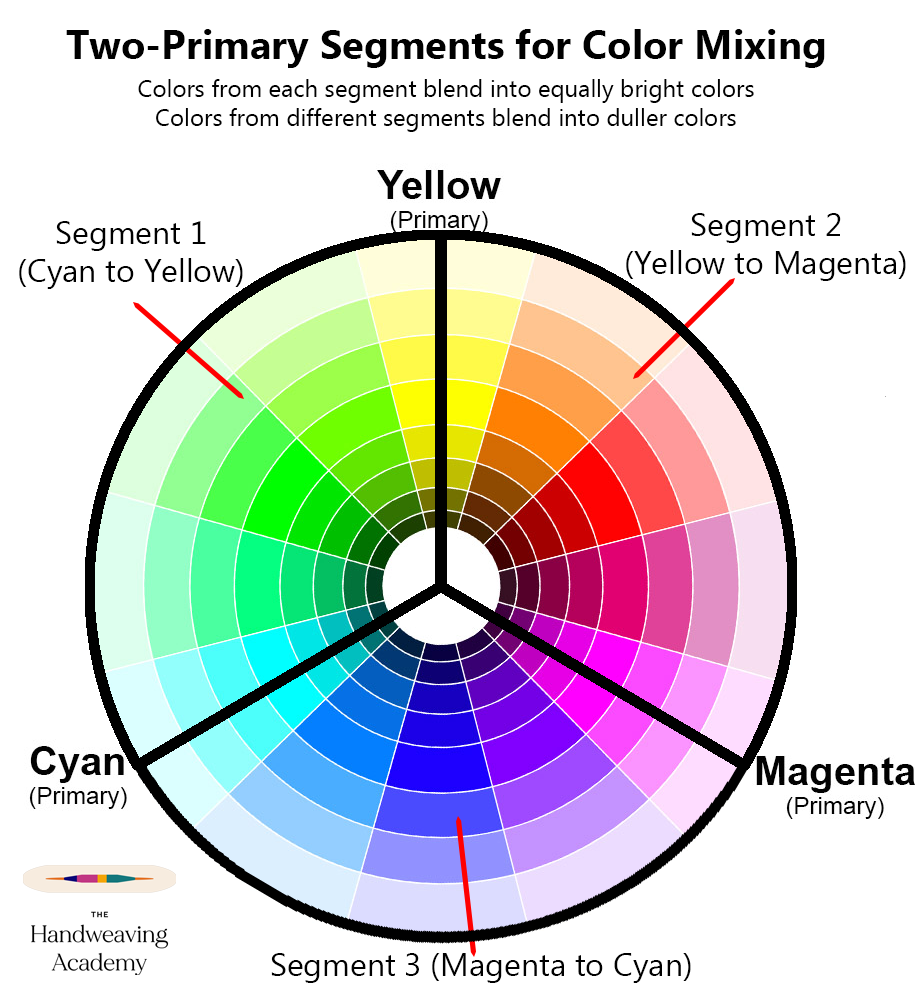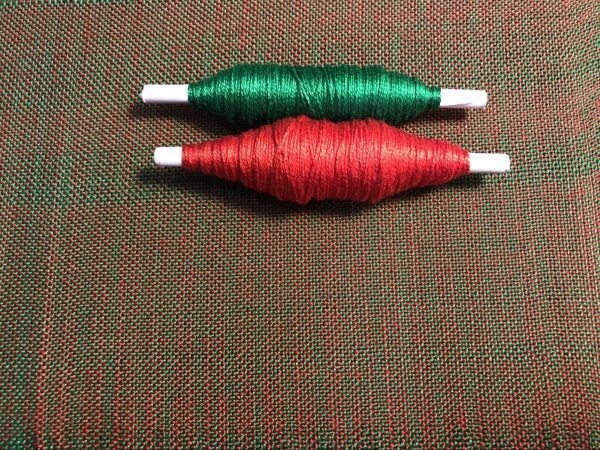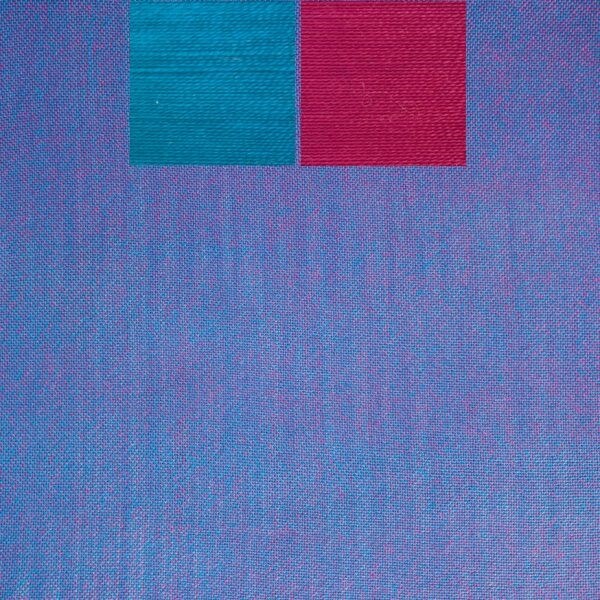One of the challenges in weaving is brilliantly colored yarns that turn into a dull color when woven together. This can produce fascinating results…but very often, it’s not what you anticipated or wanted.
If this is happening to you, how do you choose colors avoid getting “muddy” cloth?
It turns out to be quite simple.
The Two-Primary Rule
The Two-Primary Rule can be broken down into two parts:
- Colors that fall between the same two primary colors on the color wheel will blend into equally bright (saturated) colors.
- Colors that fall into different two-primary segments will blend into duller colors.
Put another way:
IF your draft blends warp and weft colors, AND IF you want your cloth color to stay bright, choose your warp and weft colors from the same two-primary segment shown in the wheel below. They will blend into a color that’s just as bright as the original colors were.
That is if you mix yellow and red, or purple and blue, or cyan and green, you’ll get an equally bright color.
If you mix colors from DIFFERENT segments, you’ll get a duller color. The further apart the colors are on the color wheel, the duller the mixed color will become.

Examples
Green and red are in different segments, and quite far apart on the color wheel, so when you mix them together in plain weave, you get a very dull color:

Cyan and magenta, on the other hand, are in the same segment of the color wheel, so when woven together in plain weave, the colors remain bright.

The Two Primary Rule is important to remember, and it is particularly critical when working with solid colored warp and weft. That’s because if your warp is solid green and your weft is solid red, choosing the wrong draft could easily result in fabric that’s dull all over.
The Two Primary Rule is NOT a “must use”
There is, of course, absolutely no law saying that your colors must be eye-poppingly bright. In fact, toning down your colors might produce a piece you like a lot more than one that’s full of super-bright colors.
So the Two-Primary Rule isn’t an absolute law! It simply says that if you want bright colors, sticking within the same segment of the color wheel will produce brighter colors. It’s perfectly okay to decide that you don’t want those brighter colors.
All these rules only apply if your colors are mixing
Not all drafts mix colors together. If your draft doesn’t mix warp and weft colors much, then you can ignore the Two-Primary Rule and still have your colors remain vivid.
Happy weaving,

From the Course Catalog:

Understanding Value – Learn why value controls the patterning and mood of your woven cloth.

Color Mixing I – Explore the magic of color and how it interacts i woven fabrics!

